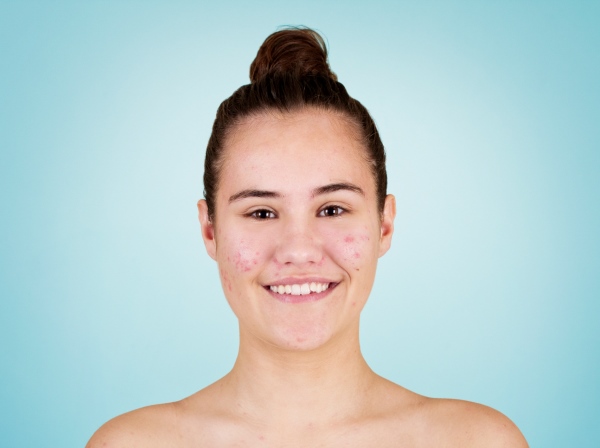There is no clinical evidence to prove the effectiveness of any light therapy for the treatment of acne, according to JAMA Dermatology.
In its latest Clinical Evidence Synopsis, the American Medical Association journal concluded that although “a wide range of light therapies of different wavelengths, doses, and/or active substances are purported to safely and effectively treat acne” the evidence for all of them “remains weak and inconclusive”.
“Red-light methyl aminolevulinate-photodynamic therapy (MAL-PDT) is the only treatment associated with a small though clinically insignificant reduction in the number of inflamed lesions and in global improvement as assessed by an investigator in moderate to severe acne.”
Summarising key findings from a Cochrane review of 71 trials on light therapies effectiveness in acne treatment on over 4000 patients, JAMA said more research was needed to identify “the biological mechanisms of action of red-light MAL-PDT and other light therapies”.
Currently there is insufficient evidence for the clinical effectiveness of light therapies such as “ red, yellow, green, blue, blue-red, infrared, broad-spectrum light, intense pulsed light, aminolevulinic acid-PDT, pulsed-dye lasers, 1450-nm lasers, or blue light-emitting diodes” in the treatment of acne,” the journal said.
“According to the American Academy of Dermatology, of all laser and light devices, the most compelling evidence exists for PDT with a photosensitiser, such as aminolevulinic acid, which is first applied to the affected skin for 15 to 180 minutes… [but] we are currently unable to recommend any light therapy, including red-light MAL-PDT, as a treatment option for people with moderate to severe acne.”
Furthermore “owing to inadequate reporting of adverse effects such as scarring or blistering, the safety of all light therapies remains uncertain”.
More optimistically, JAMA notes that future research is likely to alter the findings for red-light therapy as its “low to moderate” rating in evidence certainty largely reflected the trials’ methodological shortcomings such as small sample sizes, lack of power calculations and comparisons with conventional treatments.

